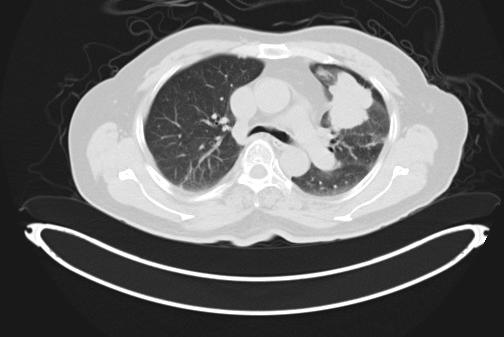neoplasia

Neoplasia is an important topic. You will definitely encounter patients with neoplasms, either benign or malignant. Pathology plays a central role in the understanding of neoplasia.
Imagine this:
Mr Chua is a 67 year old smoker with a chronic cough and a history of weight loss.
CT scan of the thorax reveals a left lung mass.

A tissue sample (biopsy) is obtained and sent to the pathologist. The pathologist examines the tissue microscopically and writes a report (eg. benign or malignant tumour, tumour type). The clinician needs the report to decide on the next step. If the tumour is malignant, the next step is to find out the extent of disease (stage).
Diagnostic imaging is of key importance in the staging of malignant tumours. Once tumours are properly staged, decisions can be made on whether they can be removed surgically or whether chemo- or radiotherapy is required.
After the malignant tumour is removed, the pathologist again assesses the tumour and gives a 'how bad is it' report (prognosis), whereupon the decision on further treatment is made.
But first things first - you need to understand the inner workings of the cells in order to understand the process of neoplasia - what is neoplasia, how does it start; how to name, recognise and classify it before you can understand the effects on the patient. Later, when you are in the clinics and wards, you will learn how it is diagnosed, assessed and treated.
As you read more, you will discover some hidden exercises and quizzes.
Copyright © 2015 by Department of Pathology, National University of Singapore. Please note that no material on this web resource should be reproduced, presented or shared without the specific permission of the Department of Pathology, Yong Loo Lin School of Medicine, National University of Singapore. (min_en_nga@nuhs.edu.sg)
Some picture annotations were kindly created by Dr Arif Uzair, alumni from Yong Loo Lin School of Medicine (Class of 2016).
